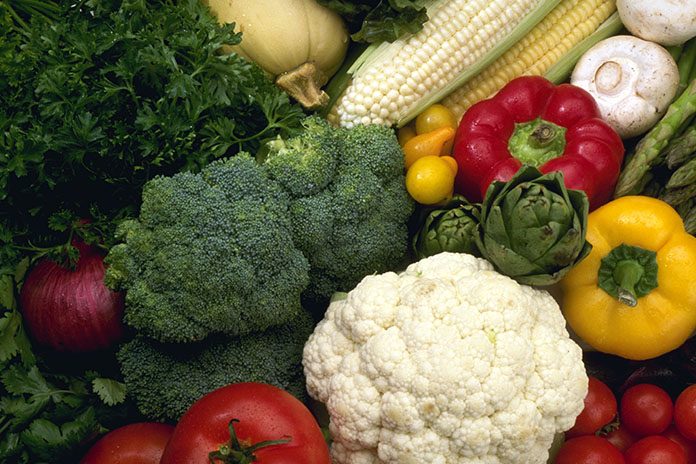
When you were growing up, your mom probably told you to eat your vegetables. If those vegetables were grown in Oregon, she likely was doing you a favor. Oregon is well known for high quality vegetable crops, but new statistics confirm that the state’s growers also produce variety and quantity.
“Oregon is well known as a leader in terms of diversity of agriculture, and that includes vegetables,” says Lindsay Eng, Director of Market Access and Certification programs for the Oregon Department of Agriculture. “Along with some of the common vegetable crops, we are a leader in producing a lot of vegetables that are not well known. For example, we produce more than 50 different varieties of kale.”
For US production, the most recent numbers for Oregon provided by the USDA’s National Agricultural Statistics Service (NASS) places the state in 5th place for production of fresh market vegetables at about 777,000 tons and 8th in value of production of fresh vegetables at more than $177 million. When it comes to growing vegetables for processing, Oregon ranks 5th in the nation in both production and value of production, at more than 316,000 tons and $57.8 million respectively.
Nationally, 2017’s vegetable production was down 6 percent but the value of that production increased 6 percent. California continues to be the giant of all vegetable growers, responsible for more than 57 percent of the nation’s production. Oregon’s neighbor, Washington, ranks second in vegetable production followed by Arizona, Florida, and Wisconsin. In terms of production value, California, Arizona, and Florida– each growing a significant amount of high-value crops– are responsible for about 76 percent of the US total value of vegetable production, which was $13.8 billion last year.
Vegetable production takes place throughout the state with some counties dedicating significant acreage to growing vegetable crops. According to the most recent Census of Agriculture, Umatilla, Marion, and Morrow counties are the top three for acres of vegetables grown for processing. Umatilla, Malheur, Morrow, Marion, and Clackamas counties round out the top five for acreage planted in fresh market vegetables. As a state, Oregon dedicates more acreage for vegetables to be used in processing than for the fresh market, but both categories are important to the state’s agricultural economy.
Oregon consumers have increased their appetite for locally-grown vegetables and they buy them 12 months of the year at farmers’ markets, roadside stands, grocery stores, and in many restaurants.
Taking a look at the most recent NASS report on vegetable production, it may come as a surprise that Oregon ranks 6th in the nation in sweet corn production and 7th in production value at $17.2 million. A majority of that production goes for processing. Marion, Umatilla, Linn, and Morrow counties are the leading producers of Oregon sweet corn. Among Oregon’s top 40 commodities, sweet corn ranks 18th. Morrow County also grows a significant amount of dry onions.
Looking at vegetables produced for processing only, Oregon ranks 5th of all states in snap bean production at more than 48,000 tons and a value of $11.5 million. Marion, Polk, Linn, and Yamhill counties remain top producers of snap beans. Green peas for processing is another Oregon specialty. The state ranks 4th in production at 22,050 tons and 4th in value of production at $5.4 million. Nearly all of Oregon’s green peas for processing are grown in Umatilla County.
Oregon wouldn’t be processing so many vegetables if it didn’t do a good job of growing them. The same statement is true for fresh market vegetables.
“We have wonderful growers who know what they are doing,” says Eng. “The farms vary in size and scale all over the state. You can find them in all shapes and sizes, just like our vegetables.”
High quality, great taste, and packed with nutrition– vegetables are a large part of Oregon’s agricultural cornucopia.








